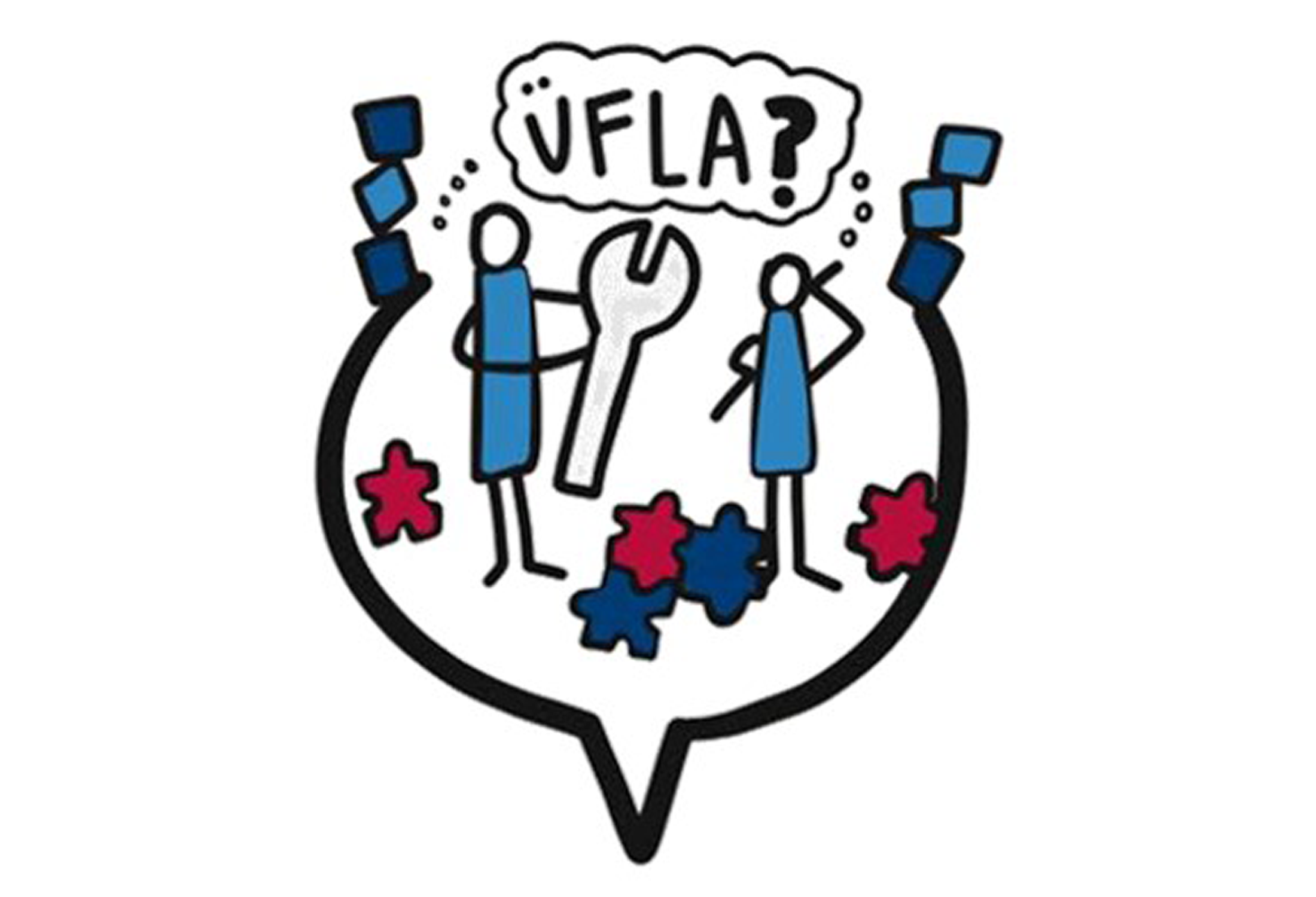Creating Learning Agendas that will be USED
USAID is a learning organization and has made great strides in this area via the application of Collaborating, Learning, and Adapting (CLA) and the proliferation of Learning Agendas. Intentionally focusing on learning from the evidence and experience that we have collectively generated has the potential to make our development work more efficient and effective, so that we might eventually work ourselves out of our jobs.
Learning Agendas are meant to facilitate the Knowledge Cycle, in which knowledge is 1) generated, 2) synthesized, 3) disseminated, and 4) used to adapt our strategies, programs, and practices. It becomes a cycle when that last phase, “use for adaptation,” results in new decisions and practices that uncover new areas of uncertainty.

These new areas of uncertainty then require us to generate new evidence...and perpetuate a virtuous circle of learning and improvement. Too often, we focus our resources and efforts at the “beginning” of the cycle by heavily investing in evidence generation and synthesis and then run out of steam when it comes to dissemination and eventual use, so the cycle is never completed. Sometimes, by the time the evidence has been generated and synthesized (and maybe disseminated), the opportunity to use it has been missed.
More recently, we’ve seen an increasing investment in dissemination, with some Learning Agendas incorporating explicit communication or dissemination plans. But this still stops short of USE. Too often we post our learning agenda products on a website somewhere, check the box on dissemination, and consider our work to be done because we assume that use should flow naturally from quality dissemination efforts.
Unfortunately, this logic is akin to the old and oft disproven adage: “if we build it, they will come”; reaching further to a vision wherein ”if they come, they will internalize this new knowledge - and that if they internalize that knowledge, they will generate the motivation, opportunities, and ability to change their behavior.”
Sound familiar to any of us working on behavior change interventions? These gaps in the Theory of Change from outputs to outcomes are pretty common. We all know that this model is necessary but insufficient for behavior change in a development intervention. Why would it be any different when the behavior we are wanting to change is our own, by modifying our own decisions and practices according to new learning?

By recognizing that the Knowledge Cycle incorporates behavior change, we must design, build, and implement Learning Agendas to facilitate those changes in our decisions and practices. We must support adaptation based on the learning. We must build Utilization-Focused Learning Agendas! ÜFLA, if you need an acronym - doesn’t that sound like a piece of IKEA furniture?

At USAID, the U.S. Global Development Lab has been experimenting with designing and implementing a ÜFLA, and we’re looking forward to further piloting this approach as we work with our colleagues in PPL and the LEARN team to design an Agency-level Self-Reliance Learning Agenda. We haven’t yet built a cute little flat-pack assembly diagram (we’re working on it!), but we look forward to sharing more in our next post about the principles for developing a ÜFLA, and the lessons we’ve learned implementing ours.



